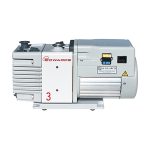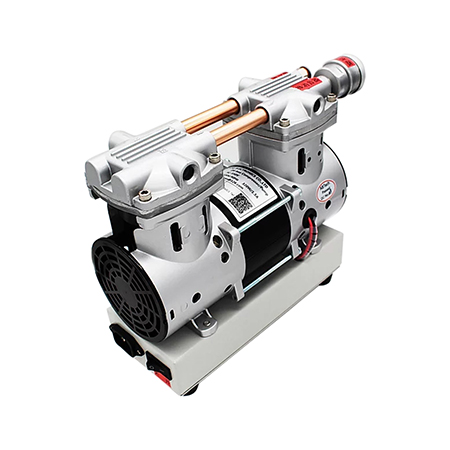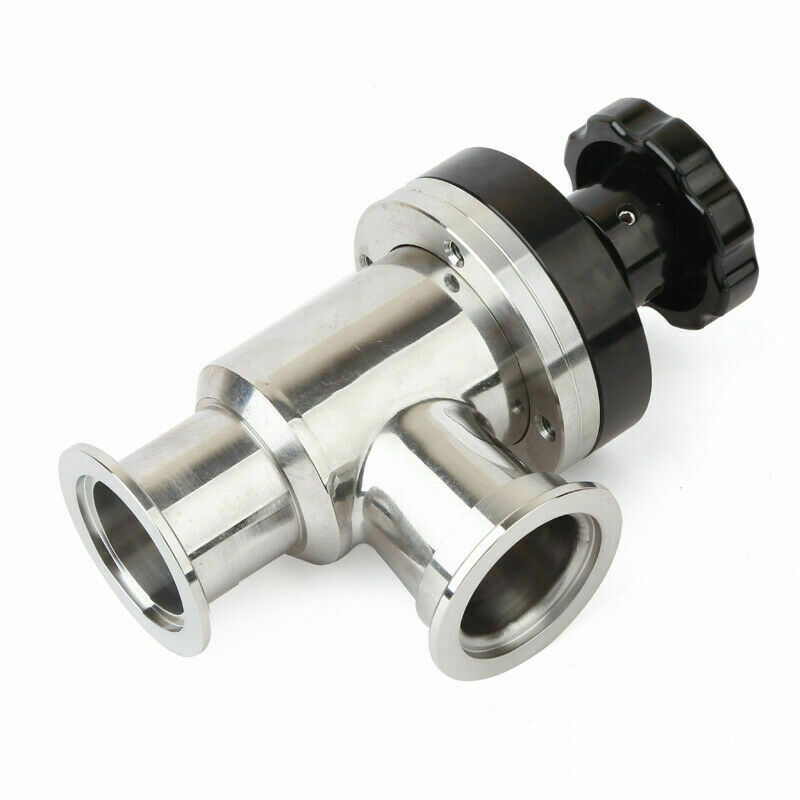
Selection Method of Rotary Vane Vacuum Pump
SaveSavedRemoved 0
Deal Score0
- The ultimate pressure of the rotary vane vacuum pump should meet the working pressure of the process. The ultimate pressure of the pump is usually selected to be about an order of magnitude lower than the process requirements.
- Each pump has a certain working pressure range, therefore, the working point of the pump should be selected within this range, and it cannot be allowed to work for a long time beyond the allowable working pressure.
- Understand the composition of the gas being pumped, the gas contains no condensable steam, whether there is particulate dust, whether it is corrosive, etc. When selecting a rotary vane vacuum pump, you need to know the gas composition and select the appropriate pump for the gas being pumped. If the gas contains steam, particles, and corrosive gases, you should consider installing auxiliary equipment, such as condensers and dust collectors, on the intake line of the pump.
- The principle and maintenance of the rotary vane vacuum pump: The rotary vane vacuum pump is a variable volume mechanical vacuum pump that uses the rotary motion of the rotor and the rotary vane that can slide in the rotor groove. When working fluid is used to lubricate and fill the dead space of the pump cavity, separating the exhaust valve and the atmosphere, it is the so-called oil-sealed rotary vane vacuum pump. In each pump, there are single-stage and double-stage. In single-stage pumps, due to the different structural forms and parameters selected, the ultimate pressure and use of the pump are also different. Their common feature is that the structure is simple, easy to use, can start from atmospheric pressure, can be directly discharged into the atmosphere, the eccentric mass is small, and the maintenance is simple.
- The rotary vane vacuum pump can remove the dry gas in the sealed container. If a gas ballast device is attached, a certain amount of condensable gas can also be removed. However, it is not suitable for pumping gases that are too high in oxygen, corrosive to metals, chemically reactive to pump oil, and contain particulate dust. Rotary vane vacuum pump is mainly composed of pump body, rotor, rotating vane, end cover, spring and so on. A rotor is eccentrically installed in the cavity of the rotary vane pump, the outer circle of the rotor is tangent to the inner surface of the pump cavity (there is a small gap between the two), and two rotary vanes with springs are installed in the rotor groove. During the rotation, the centrifugal force and the tension of the spring keep the tip of the rotor in contact with the inner wall of the pump cavity, and the rotation of the rotor causes the rotor to slide along the inner wall of the pump cavity.
- When you choose a rotary vane vacuum pump, you should first understand whether your vacuum system has requirements for oil pollution.






